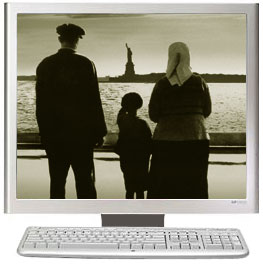 I have been thinking about how to respond to Jasia’s call for posts about writing the family history for the Carnival of Genealogy. In some ways, I do feel like I began a discussion of writing the family history in a recent post about blogging family history. However, I noticed that in that post, I mainly celebrated the fact that the Internet made it possible to access and share information so quickly and that I was enjoying other genealogy blogs.
I have been thinking about how to respond to Jasia’s call for posts about writing the family history for the Carnival of Genealogy. In some ways, I do feel like I began a discussion of writing the family history in a recent post about blogging family history. However, I noticed that in that post, I mainly celebrated the fact that the Internet made it possible to access and share information so quickly and that I was enjoying other genealogy blogs.
Jasia asks genealogy bloggers whether they have tried to write the family history. I suppose I would argue that the purpose of this blog is just that. It isn’t linear, however, because I write about several families, and I basically post stories about people and events that interest me at the moment. Therefore, I don’t have a family history that starts out “The Huff family originated in Tennessee… blah, blah, blah.” Instead, I have a hodge podge of documents, letters, photographs, and accompanying stories.
It didn’t occur to me to use a blog to publish this sort of thing until April 2005, which was when this particular blog was born. When I started blogging about genealogy, I could find few other genealogy blogs. Now there are countless genealogy blogs. I think blogging is a great platform for publishing the family history because I can share it with a lot of people in a short period of time and it’s relatively inexpensive. In fact, there are many blogging sites that are free. I happen to own my own domain, but my fees are small. However, I think that sharing the family history this way — even in its non-linear fashion — has allowed me to make connections that would have been impossible otherwise.
When Jasia asked the question, it seemed clear to me that she meant publishing the family history in a book. Genealogy is something that’s fluid — it’s never done. I created a book with my genealogy software for my grandfather, but I imagine I have since discovered countless errors and learned many new things. His book is probably close to obsolete. With a blog, however, I can update and make changes easily, and the history can grow in an organic fashion. I think blogging is an exciting and powerful medium for sharing the family history. It allows me to quickly disseminate new information and expound on what I already knew. If readers want to, they can print and bind the posts I write so that they have a hard copy. I can also get immediate feedback about errors so that I can make corrections. As most genealogists know, once an error creeps its way in, sometimes it can take years to correct. One of the things I like about blogging the family history is that I am not pressured to make it complete. Instead, I can publish what and when I like, and others can read it instantly.
I think blogging also makes it easy to connect with distant relatives and others I might never meet. I have found reading about techniques others use and learning their family stories to be fascinating. My distant cousin Joe Bowling, whom I was only able to find in this age of computer genealogy, recently paraphrased Alex Haley in an e-mail that he sent me: when an older person dies it is just like a library burning. I have to say that the wealth of information I have learned about my family from others bears this out. I suppose that’s one reason why I feel the need to share what I learn here. Maybe others, like me, will find those stories interesting. But even if they didn’t, I would still write. I do this because I love learning about it, and I think I would still feel driven to share it if no one else but me read it.

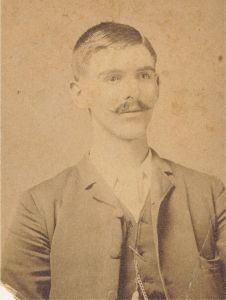


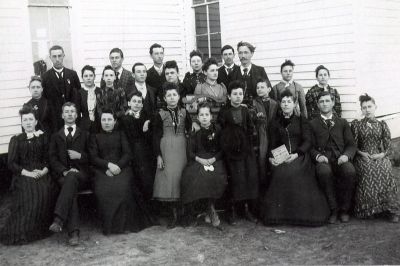
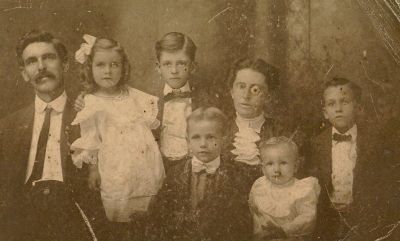
 My great-grandfather Herman Cunningham served in the Army during WWI. Thanks to
My great-grandfather Herman Cunningham served in the Army during WWI. Thanks to 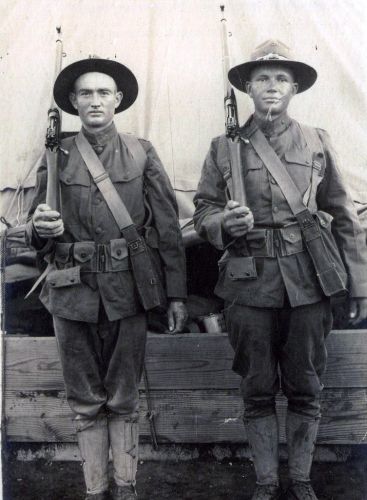

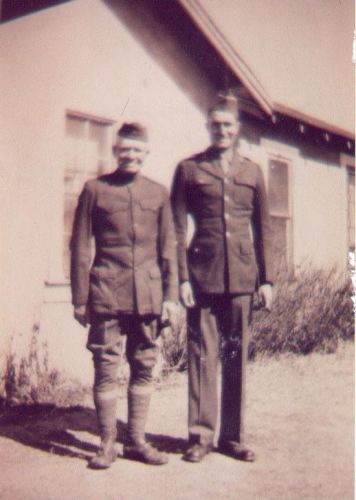
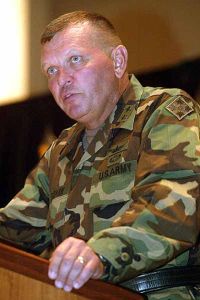



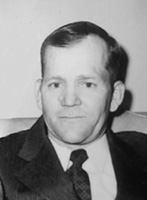 My great-grandfather, Elmer Theodore “Ted” Thurman, passed away on October 22, 2003 at the age of 93. He had been in poor health for some time, suffering from diabetes and Alzheimer’s. I have more memories of him than I do my Cunningham great-grandparents, but not quite so many memories as I have of Granny Thurman, who lived the longest during my lifetime (and in any case, was a personality to be reckoned with!).
My great-grandfather, Elmer Theodore “Ted” Thurman, passed away on October 22, 2003 at the age of 93. He had been in poor health for some time, suffering from diabetes and Alzheimer’s. I have more memories of him than I do my Cunningham great-grandparents, but not quite so many memories as I have of Granny Thurman, who lived the longest during my lifetime (and in any case, was a personality to be reckoned with!).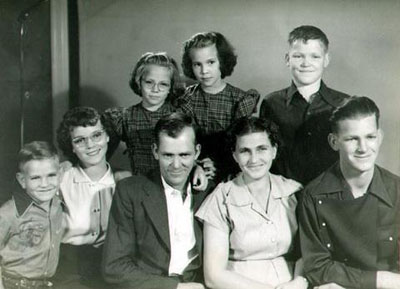




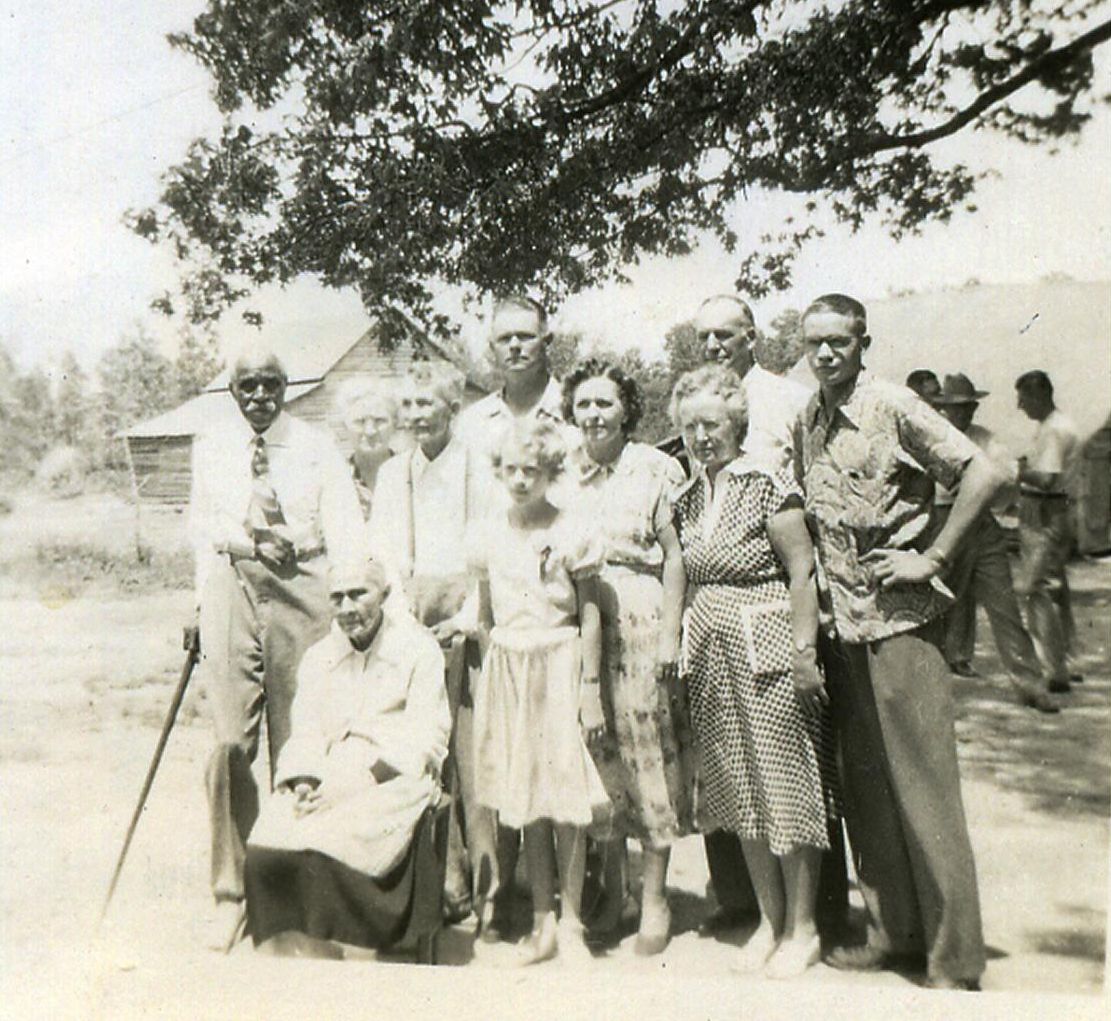










 When I first started this blog a little more than a year ago, I thought it might eventually be a nice way for me to communicate what I am learning about my family history with the rest of the family. I think it has been that. I have been thrilled with the connections I’ve made with cousins, distant and otherwise. I naturally assumed not a single other soul might be interested in anything I would write here. It occurred to me that blogging family history might be a lonely prospect. Few would read or comment on what I wrote.
When I first started this blog a little more than a year ago, I thought it might eventually be a nice way for me to communicate what I am learning about my family history with the rest of the family. I think it has been that. I have been thrilled with the connections I’ve made with cousins, distant and otherwise. I naturally assumed not a single other soul might be interested in anything I would write here. It occurred to me that blogging family history might be a lonely prospect. Few would read or comment on what I wrote.